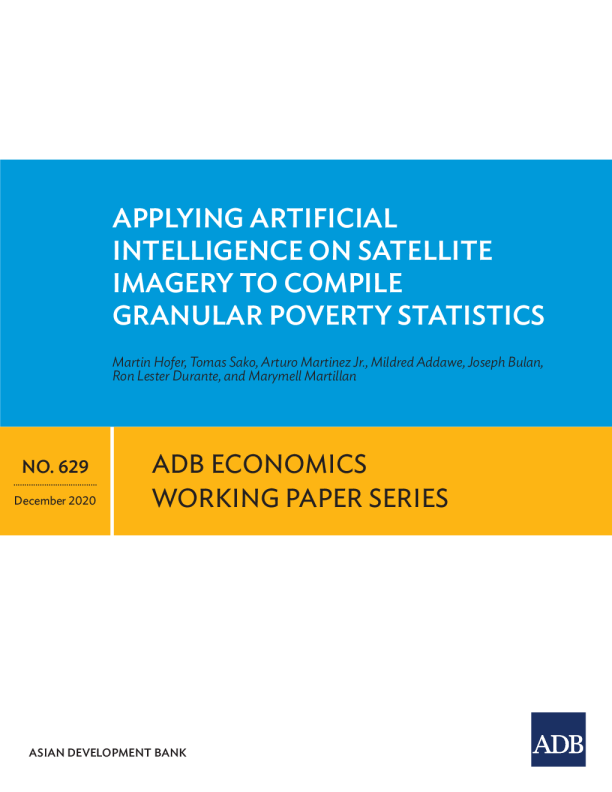《联网保护白皮书——人工智能与卫星影像在野生动物调查中的应用》
 AI智能总结
AI智能总结White Paper Summary: "Connected Conservation Collaboration"
Introduction
The conservation community increasingly explores the integration of advanced technology, specifically artificial intelligence (AI) and satellite imagery, to monitor large wildlife populations in remote and inaccessible regions. This paper delves into the feasibility of employing AI techniques and satellite images for wildlife surveys in Africa, focusing on the detection and identification of various animal species.
Problem Statement
With declining species numbers at an unprecedented rate, there is an urgent need for enhanced methods to understand wildlife populations, their health, and migration patterns, crucial for effective conservation efforts. Traditional wildlife surveys conducted via aerial counts over savannah landscapes are time-consuming, costly, and prone to significant variance in results.
Approach
The study aims to evaluate the potential of AI and satellite imagery in modernizing wildlife surveys. It investigates three methodologies for animal detection and identification on satellite images:
- Human-only Approach: Utilizes field expertise for sighting and classifying species.
- Computer Vision and Open-Source Neural Networks: Employs AI techniques for animal detection and identification.
- Custom Convolutional Neural Network Model: Combines computer vision with a bespoke model trained on synthetic animal images.
The project tests these approaches by comparing AI detections with human observations during satellite overpasses, aiming to assess their effectiveness in diverse environments.
Conclusion
While promising results indicate the potential of AI and satellite imagery in wildlife monitoring, significant challenges persist. Neither AI nor human inspections consistently achieve the required level of accuracy in species classification for wildlife surveys, particularly in heterogeneous landscapes. The study highlights the ongoing value of human observation, especially in complex environments.
Future Work
Future research recommendations include:
- Development of more sophisticated image processing techniques to handle environmental complexities.
- Creation of robust training datasets using synthetic and adapted images.
- Enhanced AI models capable of distinguishing between closely similar species in challenging conditions.
Related Work
The paper acknowledges previous studies demonstrating AI's effectiveness in specific, constrained scenarios, such as monitoring polar bears, penguins, and elephants. However, it emphasizes the unique challenges encountered in applying these techniques to more complex, heterogeneous landscapes.
This study contributes valuable insights into the current limitations and future directions for integrating AI and satellite imagery in wildlife conservation efforts.





